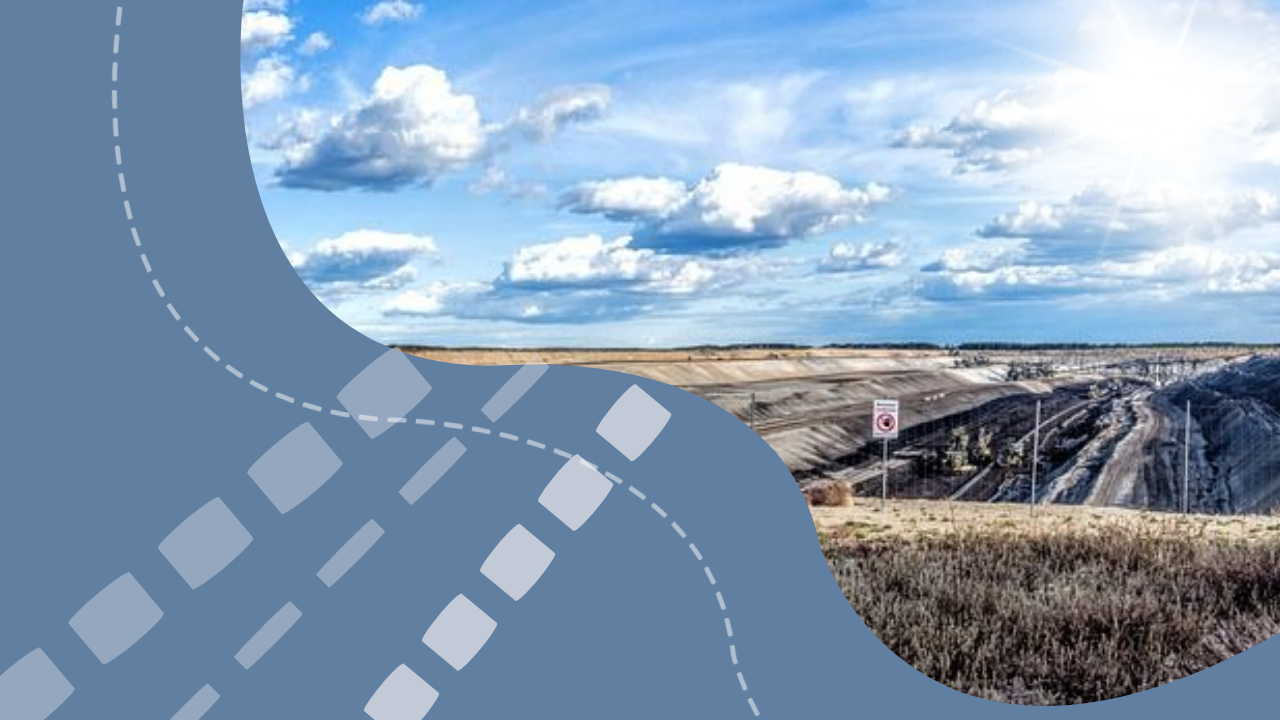Serbia’s Timok district, a region with a long mining tradition, has drawn international attention after Zijin Mining announced the discovery of extensive copper and gold deposits at the Malka Golaja site. With identified resources of 2.81 million tonnes of copper at an average grade of 1.87% and 92 tonnes of gold at 0.61 g/t, the find is considered highly significant and could elevate Serbia’s role in global commodity supply.
The geological setting of the Timok district is key to its potential. Located within a metallogenic belt, the area hosts porphyry copper systems—large, lower-grade deposits—and high sulfidation zones, where both copper and gold are concentrated in higher grades. This dual mineralisation makes the region attractive for large-scale copper mining as well as high-value gold extraction.
While the results are promising, analysts caution that the figures represent resources rather than proven reserves. Resources indicate estimated mineral quantities, whereas reserves are confirmed to be economically extractable under current market conditions. Further drilling, feasibility studies, and economic assessments will be needed before production can be confirmed.
Economically, the copper grade of nearly 1.9% is considered high for such a large system, making the project particularly valuable in a world where copper demand is surging due to its central role in electric vehicles, renewable energy, and digital infrastructure. Gold, meanwhile, continues to serve as both a financial hedge and an essential input in electronics. The co-location of the two metals presents a cost-efficient mining opportunity.
If developed, the Timok project could have far-reaching implications. Copper supply remains tight globally, with new high-quality projects in short supply, while gold continues to attract investors as both an industrial metal and a store of value. Serbia’s entry into the global copper and gold supply chain would not only reshape its domestic mining industry but could also influence long-term price dynamics.

